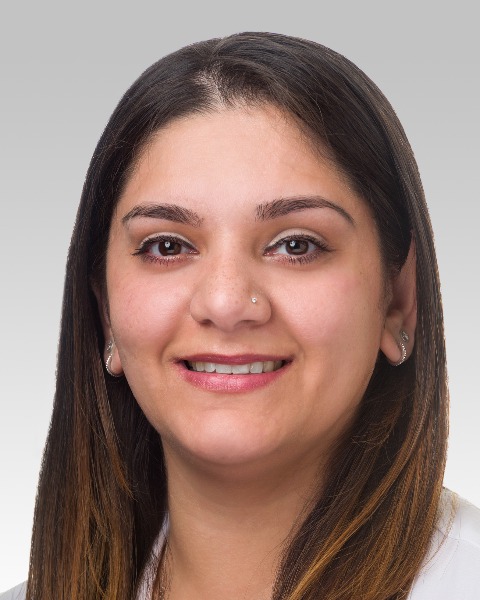Clinical Obstetrics
Poster Session 2
(454) Association of Restless Legs Syndrome with Adverse Perinatal Outcomes
.jpg)
Rachel Friedlander, MD
Northwestern University Feinberg School of Medicine
Chicago, IL, United States- XH
Xiaoning Huang, PhD
Northwestern University Feinberg School of Medicine
Chicago, IL, United States - MK
Minjee Kim, MD
Northwestern University Feinberg School of Medicine
Chicago, IL, United States - PZ
Phyllis Zee, MD, PhD
Northwestern University Feinberg School of Medicine
Chicago, IL, United States 
Sadiya S. Khan, MD, MSc
Assistant Professor of Medicine
Northwestern University Feinberg School of Medicine
Oak Park, IL, United States- PG
Philip Greenland, MD
Northwestern University Feinberg School of Medicine
Evanston, IL, United States 
Francesca Facco, MD, MS
Associate Professor
Magee-Womens Hospital
Pittsburgh, PA, United States
Judith H. Chung, PhD,MD,PhD
Professor of Clinical Obstetrics and Gynecology
UC Irvine Health
Orange, CA, United States
William A. Grobman, MD, MBA
Professor
The Ohio State University
Columbus, Ohio, United States- DH
David M. Haas, MD, MSCR
Attending Physician
Indiana University
Carmel, IN, United States - RM
Rebecca B. McNeil, PhD
RTI
Durbam, NC, United States 
Brian M. Mercer, MD
Department Chair of Obstetrics & Gynecology
MetroHealth Medical Center
Cleveland, OH, United States
Uma M. Reddy, MD, MPH
Professor and Vice Chair of Research, Department of Obstetrics and Gynecology
Columbia University
New York, New York, United States
George R. Saade, MD (he/him/his)
Professor & Chair of Ob-Gyn
Eastern Virginia Medical School
Norfolk, VA, United States- RS
Robert M. Silver, MD
University of Utah Health
Salt Lake City, UT, United States - BW
Beth Wiener, PhD
RTI
Chapel Hill, NC, United States 
Lynn M. Yee, MD, MPH (she/her/hers)
Associate Professor
Northwestern University
Chicago, IL, United States
Primary & Presenting Author(s)
Coauthor(s)
Restless legs syndrome (RLS) is categorized as an urge to move the legs, usually accompanied by an uncomfortable and unpleasant sensation. Pregnant individuals are two to three times more likely to experience RLS than non-pregnant individuals, but its association with perinatal outcomes is not well known. We aimed to assess the association of RLS with maternal and neonatal outcomes in a large, diverse cohort of nulliparous individuals.
Study Design: In this secondary analysis of data from an observational cohort of nulliparous individuals conducted at eight US medical centers from 2010-2013, those with self-reported sleep data were included. RLS symptoms were evaluated in early (6-13 weeks’) and mid pregnancy (22-29 weeks’) via a questionnaire adapted from the International Restless Legs Syndrome Study Group. The outcomes of interest included hypertensive disorders of pregnancy (HDP), gestational diabetes (GDM), preterm birth (PTB), and small-for-gestational-age birth < 10%ile (SGA). For each time point, multivariable logistic regression analysis was performed adjusting for maternal age, race/ethnicity as a social construct, insurance status, high risk for sleep disordered breathing, body mass index, and smoking.
Results: Of 7,294 and 8,061 participants who completed sleep questionnaires in early and mid pregnancy, 15.7% and 25.9% had RLS symptoms respectively. Individuals with early pregnancy RLS were more likely to be non-Hispanic White, a current smoker, and at high risk for sleep-disordered breathing. RLS in early pregnancy was associated with HDP after adjustment for key confounders (aOR 1.17, 95% CI 1.01-1.36), but was not associated with GDM, PTB, or SGA (Table). RLS in mid pregnancy was not associated with any outcomes of interest.
Conclusion:
In this cohort of nulliparous individuals, RLS symptoms in early pregnancy were associated with a modestly increased risk for HDP, indicating a potential area for future research regarding the prediction and prevention of HDP.

